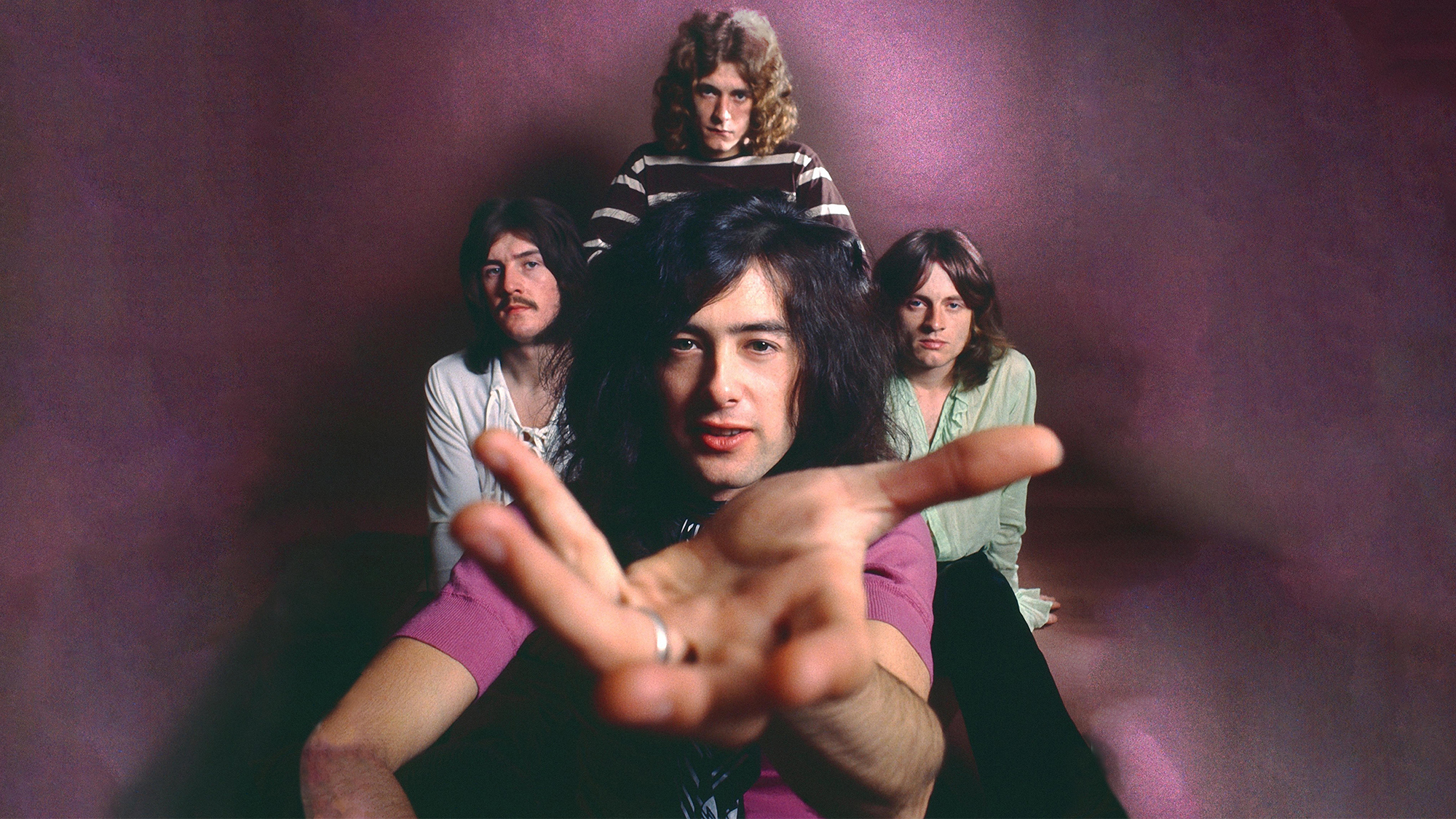"I don't even know if I can take credit for writing 'Cliffs of Dover.'" How Eric Johnson's modifications to his 1954 Stratocaster established the tone that led to his breakthrough success
The guitarist made extensive revisions to the guitar's electronics and hardware that became central to his signature smooth tone

Some guitar players rely solely on their talents. Others take their love for the instruments to extremes by modifying them.
Eddie Van Halen was always tinkering with guitars on his workbench, bringing his Bumblebee, Shark and Frankenstein creations, as well as his clever D-Tuna system for Floyd Rose tremolos, to the fore.
Eric Johnson was cut from that same cloth. Without the mods he made to his 1954 Fender Stratocaster, it’s quite possible his biggest hit, "Cliffs of Dover," wouldn’t have been as successful as it is.
Johnson had traded a Gibson for a 1954 Strat early in his career. He named the guitar Virginia after finding a piece of masking tape with that name on it in a pickup cavity. It was common for Fender's factory workers to sign their work in the '50s, and Virginia was one of the first Leo Fender hired for factory work.
The guitar had a two-piece, offset-seam body made of sassafras, a tonewood Fender used in his early Strat builds, and it sported a classic two-tone sunburst finish and a one-piece maple neck.
Johnson replaced the pickups with late-1950s single-coils that packed a little more heat — particularly in the bridge position — along with a 500k volume pot, which is twice the output as the factory-standard pots.
Next, he planed down the neck and fit it with larger frets, a trend typical of the ‘70s and ‘80s, while a custom wiring job allowed him to adjust the tone of the bridge pickup, the hottest of the three.
Get The Pick Newsletter
All the latest guitar news, interviews, lessons, reviews, deals and more, direct to your inbox!
But it was the modification to the bridge, a hardtail tremolo typical of the era, that made the biggest difference.
Johnson had been unhappy with the sustain and volume of his high E string, particularly when playing chords. Its string saddle was replaced with a 1970s-style block saddle. To reduce its bright response, he removed metal from its midsection and replaced it with hard plastic.
Johnson has since jumped ship to Graphtec saddles that have graphite in their cores, an invention that came later. It shows how forward-thinking the guitarist was when addressing his issues with Virginia.
The guitarist also raised the pickup's height on the treble side. This helped even out the attack response from each string and improve sustain from the high strings.
Johnson’s first two solo records, Tones (1986), and Ah Via Musicom (1990), from which "Cliffs of Dover" soared, quickly defined him as a smooth guitar player, which emphasizes the importance of remedying Virginia's high-E troubles and elevating the instrument’s performance.

The song was ranked 16th in Guitar Player’s Greatest ‘Guitar Solos of All Time’ list, sitting between Eric Clatpon's "Crossroads" and Prince's "Purple Rain."
"I don't even know if I can take credit for writing 'Cliffs of Dover,'" Johnson told Guitar World. "It was just there for me one day." He said he "literally wrote in five minutes" and called the song "kind of a gift from a higher place that all of us are eligible for. We just have to listen for it and be available to receive it."
The solo has been championed for its “exquisitely tasteful guitar playing and jaw-dropping tones.” A 100-watt Marshall Super Lead, an Echoplex delay pedal and BK Butler Tube Driver were also used to help him create his signature smooth, violin-like tones and warm sustain.
Speaking of Virginia during the unveiling of Fender's 2020 replica model, Johnson said, it “was one of my favorite guitars I've ever owned. It was a real career guitar for me. I recorded with it and toured it forever.”
Though Virginia has now been retired after many years of service, the replica, which captures the “magic and soul” of the six-string has proved a worthy stand-in since.
A freelance writer with a penchant for music that gets weird, Phil is a regular contributor to Prog, Guitar World, and Total Guitar magazines and is especially keen on shining a light on unknown artists. Outside of the journalism realm, you can find him writing angular riffs in progressive metal band, Prognosis, in which he slings an 8-string Strandberg Boden Original, churning that low string through a variety of tunings. He's also a published author and is currently penning his debut novel which chucks fantasy, mythology and humanity into a great big melting pot.
"You’d be surprised what you can plug a guitar into." Lita Ford weighs in on what's more important — your guitar or your amp
“How many weddings can you jam 'I’m Eighteen,' 'Enter Sandman' and 'Cowboys From Hell'?” Nita Strauss shreds with Alice Cooper at her wedding in newly released video











